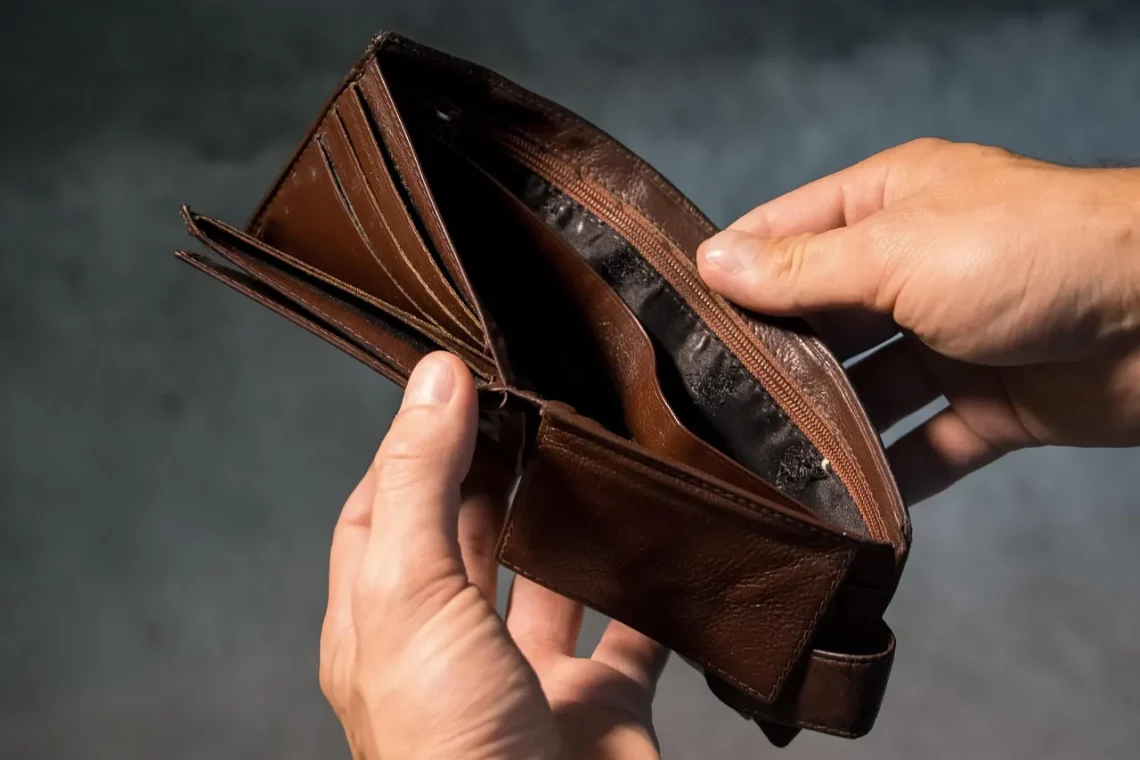
Top 10 Best Thin Wallets for Men: Style Meets Functionality
A modern férfiak életében a stílus és a funkcionalitás egyaránt fontos szerepet játszik. Az, hogy milyen kiegészítőket választunk, sokat elárul rólunk, és a pénztárca nem kivétel. A hagyományos, vastag pénztárcák helyett a vékony pénztárcák egyre népszerűbbé válnak, mivel könnyen hordozhatóak és elegánsak. Az esztétikai megjelenés mellett a vékony pénztárcák praktikus megoldást kínálnak az elengedhetetlen kártyák és készpénz tárolására.
A vékony pénztárcák különböző anyagokból készülnek, beleértve a bőrt, a textilt és a fémeket, mindegyik saját előnyeivel és hátrányaival. A férfiak számára készült vékony pénztárcák nemcsak a funkciót szolgálják, hanem a divat szempontjából is kiemelkednek. Amikor egy férfi vékony pénztárcát választ, fontos, hogy figyelembe vegye a saját stílusát, az életmódját, és hogy milyen kártyákat és készpénzt kell tárolnia. A megfelelő pénztárca kiválasztása nem csupán praktikus döntés, hanem a személyes megjelenés és az önkifejezés szerves része is.
Key Features to Consider in a Thin Wallet
When selecting a thin wallet, several key features should be taken into account to ensure that the wallet meets both your style preferences and functional needs. The first feature to consider is the material. Wallets are typically made from leather, fabric, or synthetic materials. Leather wallets offer a classic look and durability, while fabric wallets can be lightweight and come in a variety of colors and designs. Synthetic materials, on the other hand, provide a balance of durability and affordability.
Another important aspect is the wallet’s capacity. A thin wallet should be able to hold your essential cards and cash without feeling bulky. Look for wallets that offer RFID-blocking technology, which protects your credit cards from electronic theft. This feature has become increasingly important as more people use contactless payment methods. Additionally, consider how many cards you typically carry; some wallets are designed to hold as few as two or three cards, while others can accommodate up to ten or more.
The design of the wallet also plays a critical role in its usability. Some wallets feature a bi-fold or tri-fold design, while others may be minimalist cardholders or money clips. Each design offers different levels of accessibility and ease of use. For example, a bi-fold wallet may provide more space for cash, but could also be bulkier. On the other hand, a minimalist wallet focuses on slimness and can easily fit into pockets without adding unnecessary weight.
Lastly, consider the overall aesthetic of the wallet. The color, stitching, and brand can reflect your personal style and preferences. A sleek, black leather wallet may be more suitable for formal occasions, while a colorful fabric wallet might suit a casual lifestyle better. Ultimately, the right thin wallet should align with your style while offering the practicality you need for everyday use.
Top Materials for Thin Wallets
The choice of material is one of the most significant factors when selecting a thin wallet. Each material has its own set of advantages and disadvantages, which can greatly influence your overall experience with the wallet.
Leather is often regarded as the gold standard for wallets. It exudes sophistication and can develop a beautiful patina over time. Full-grain leather is particularly durable and ages well, making it an excellent investment. However, leather wallets can sometimes be pricier and may require regular conditioning to maintain their appearance.
Fabric wallets, on the other hand, are generally lighter and can offer a more casual vibe. They come in a variety of colors and patterns, allowing for greater personalization. Additionally, many fabric wallets are machine-washable, making them easy to care for. However, they may not offer the same level of durability as leather and can wear out more quickly over time.
Another emerging material in the wallet market is synthetic fabric, such as nylon or polyester. These materials are often water-resistant and can be both lightweight and affordable. They are ideal for those who lead a more active lifestyle and need a wallet that can withstand daily wear and tear. However, some may find that synthetic materials lack the premium feel of leather.
Metal wallets have also gained popularity in recent years. Made from materials like aluminum or titanium, they offer maximum durability and protection against physical damage. Metal wallets often feature sleek designs and can include RFID-blocking capabilities. However, they can be heavier than traditional wallets and may not provide the same level of organization as leather or fabric options.
In summary, the material you choose will depend on your lifestyle, budget, and personal style. Each material has its unique advantages, so consider what features are most important to you before making a decision.
How to Organize Your Thin Wallet
Organizing a thin wallet can seem challenging due to its limited space, but with the right strategies, you can maximize its functionality without sacrificing style. The first step is to declutter. Take everything out of your current wallet and assess what you truly need. Remove any expired cards, unnecessary receipts, or old identification that you no longer use. The goal is to keep only the essentials.
Once you have a clean slate, categorize your items. Most thin wallets are designed to hold cards, cash, and sometimes coins. Start by placing your most frequently used cards at the front for easy access. This includes your ID, debit card, and any essential membership cards. If your wallet has a clear slot, use it for your identification, as this allows for quick verification without taking the card out.
For cash, consider folding it neatly to fit into the designated slot or compartment. If your wallet does not have a cash compartment, you might need to rethink how much cash you carry. In today’s digital age, many people rely on cards for transactions, so carrying just a small amount of cash for emergencies may suffice.
If your wallet has additional compartments, use them wisely. Some wallets come with slots for business cards, and it’s a good idea to keep these separate from your personal cards. If you travel often, consider designating a section for travel-related cards or documents, such as boarding passes or hotel keys.
Lastly, regularly revisit your wallet organization. As life changes, so do your needs. Make it a habit to check your wallet every few months to ensure it remains organized and functional. This will not only save you time when looking for items but will also help maintain the slim profile of your wallet.
Maintaining Your Thin Wallet
A thin wallet, regardless of its material, requires proper care to ensure its longevity. Each material has specific maintenance needs, but some general tips apply across the board.
For leather wallets, regular conditioning is essential. Use a quality leather conditioner to keep the leather supple and prevent cracking. If the wallet gets wet, allow it to air dry at room temperature and avoid using heat sources, as this can damage the leather. To clean it, use a damp cloth and mild soap, and avoid soaking the wallet.
Fabric wallets should be treated with care to avoid stains. If they are machine-washable, follow the manufacturer’s care instructions. For spot cleaning, use a gentle fabric cleaner and a soft brush. Ensure that the wallet is completely dry before using it again to prevent mold or odors.
For synthetic wallets, maintenance is usually minimal. They can often be wiped clean with a damp cloth, and most are resistant to stains and spills. However, it’s still wise to check the specific care instructions provided by the manufacturer.
Metal wallets, while durable, should be kept away from abrasive surfaces to prevent scratches. Regularly check for any signs of wear or damage, and clean them with a soft cloth to maintain their appearance. Some metal wallets may also have a coating that can wear off over time, so handle them gently.
Overall, maintaining your thin wallet is about being proactive. Regularly clean and condition your wallet, and be mindful of how you use it. With proper care, your thin wallet can remain a stylish and functional accessory for years to come.




